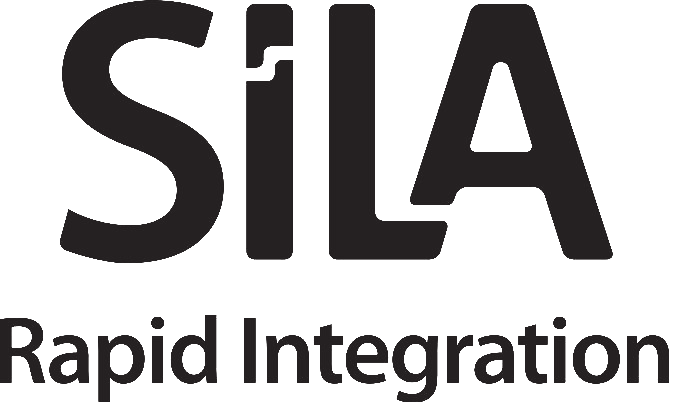We are delighted to welcome Mark Auty to the SiLA Board of Director!
Let Mark introduce himeself:
I joined Unilever in 1996 as a research chemist and shortly after began regularly working with Laboratory Automation. This has varied from conducting experiments using single purpose cells, to method development and managing complex large robotic platform build projects on behalf for internal customers. I have interests in IT & security, software design, data management, reliability and systems analysis (STPA). Currently I am also exploring the interplay between human and fully automated workflows in a shared lab space, which can impose a greater set of controls problems than those of a traditional workcell.
I started my journey with SiLA in 2019 when I realised that standardisation is essential for managing an efficient modern laboratory. Since then, I have built several SiLA servers to allow the creation of integrated workflows. My primary concern has always been to serve the needs of the scientist today and in the future. I joined the Institute of Engineering and Technology (IET) in 2017 where I further my engineering education, drawing influence from a variety of fields and industries, which where applicable, I bring back into the laboratory context.
Why did you decide to join the consortium as a director?
I have seen laboratory automation change and develop dramatically over the last 15 years or so. Industry 4.0 and IoT have given it a further boost and I believe the rate of change can only increase. This has the potential to benefit all laboratory users, but in particular those within industrial R&D. These users are very diverse, and their individual needs are further constrained by organisational factors such as local IT infrastructure and policy. This is the complex landscape I live in. Within this role I believe I will be able to add benefit by framing opportunities for SiLA in an industrial R&D context.
System safety is an essential component of any piece of automation. Safety here however has a broad context, Human safety (obviously) but also Program safety, Process and Equipment safety as well as Data safety (the data must be correct and supported by metadata wherever possible). While these safeties may not all be explicitly part of the SiLA standard, they do need to be considered by all parts of the automation community. I believe advantage can be gained if the whole SiLA ecosystem (Standard, working groups, integrators & developers as well as end users) are all aligned and supported in this endeavour.
A warm-hearted welcome to you, Mark!

